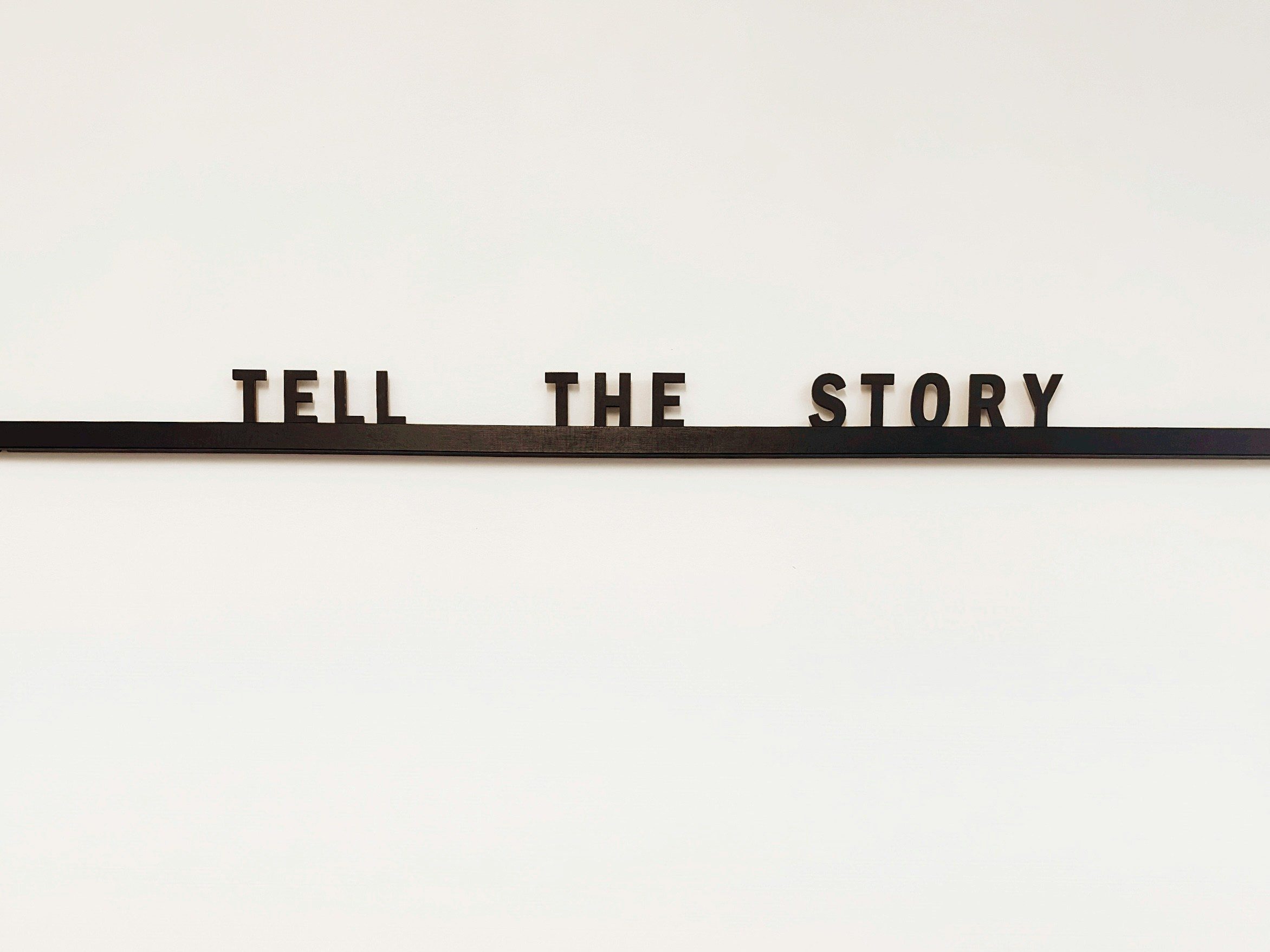There’s a reason so many corporate narratives sound the same:
They’re written to appeal to everyone and end up connecting with no one.
When your company story feels interchangeable with every other organization in your sector, even the strongest visual identity can’t make you stand out.
You don’t need a louder message. You need a clearer one.
Let’s talk about what that looks like in modern communications.
Why Story Still Matters
Even in a world driven by data, dashboards, and quarterly reports, story remains how people make sense of information.
According to Headstream, 55% of people are more likely to engage with a brand if they connect with its story, and 44% will share it with others.
That isn’t just about marketing — it’s about trust.
Employees, partners, and stakeholders want to understand what you stand for, why your work matters, and how your values show up in daily decisions.
A clear story builds credibility. A human one builds connection.
Both are essential.
What Organizational Storytelling is Not:
A strong narrative isn’t:
- A list of programs or initiatives
- A mission statement written by committee
- A tagline that could belong to anyone
Those are safe but forgettable. They describe what you do, not why it matters.
What a Strong Narrative Is:
Effective storytelling inside a large organization is:
- Rooted in purpose: clear on the “why” behind the work
- Anchored in values: and demonstrated through real examples
- Consistent in tone: across internal and external channels
- Human in delivery: shared by people, not just departments
When leaders, communicators, and employees use the same language to describe their shared purpose, alignment follows naturally.
Proof in Practice
I recently worked with a organization whose communications felt fragmented. Every team told a slightly different version of the company’s story.
We stripped it down to one cohesive narrative rooted in purpose and values.
We connected what they do to why it matters: for employees, customers, and communities alike.
The outcome:
- Leadership messages became clearer and more consistent
- Internal engagement improved
- Stakeholders described the organization as more open and relatable
That’s the power of narrative clarity — it creates coherence, not just content.
How to Start Finding (or Refining) Your Story
- Clarify your purpose in one sentence.
Not a slogan — a truth. Why do you exist, and who benefits from your work? - Identify your three core values.
Then show how they’re lived in communication, decision-making, and culture. - Speak plainly.
Replace jargon with clear language. Clarity earns more respect than complexity ever will. - Invite others in.
Your story isn’t a script, it’s a shared narrative. Include diverse voices from across your organization. - Keep it concise.
If your story can’t be told in two or three paragraphs, it’s probably not clear enough yet.
The Story That Builds Trust
The goal isn’t to sound polished. It’s to sound authentic. A credible organizational story doesn’t dramatize: it humanizes.
It helps people see who you are, what you value, and how you act when it counts.
That’s what makes it believable.
Your story is already there: in your purpose, your people, and your everyday decisions. Sometimes, it just needs to be told with more clarity.
And if you want help shaping it — I’m here for that.
Let’s find the words that feel like home.
About the Author
Ana Magana is a strategic communications and change management consultant based in Calgary, Alberta. She helps organizations navigate transformation with structure, empathy, and storytelling through her signature Clarity Framework.

Leave a Reply